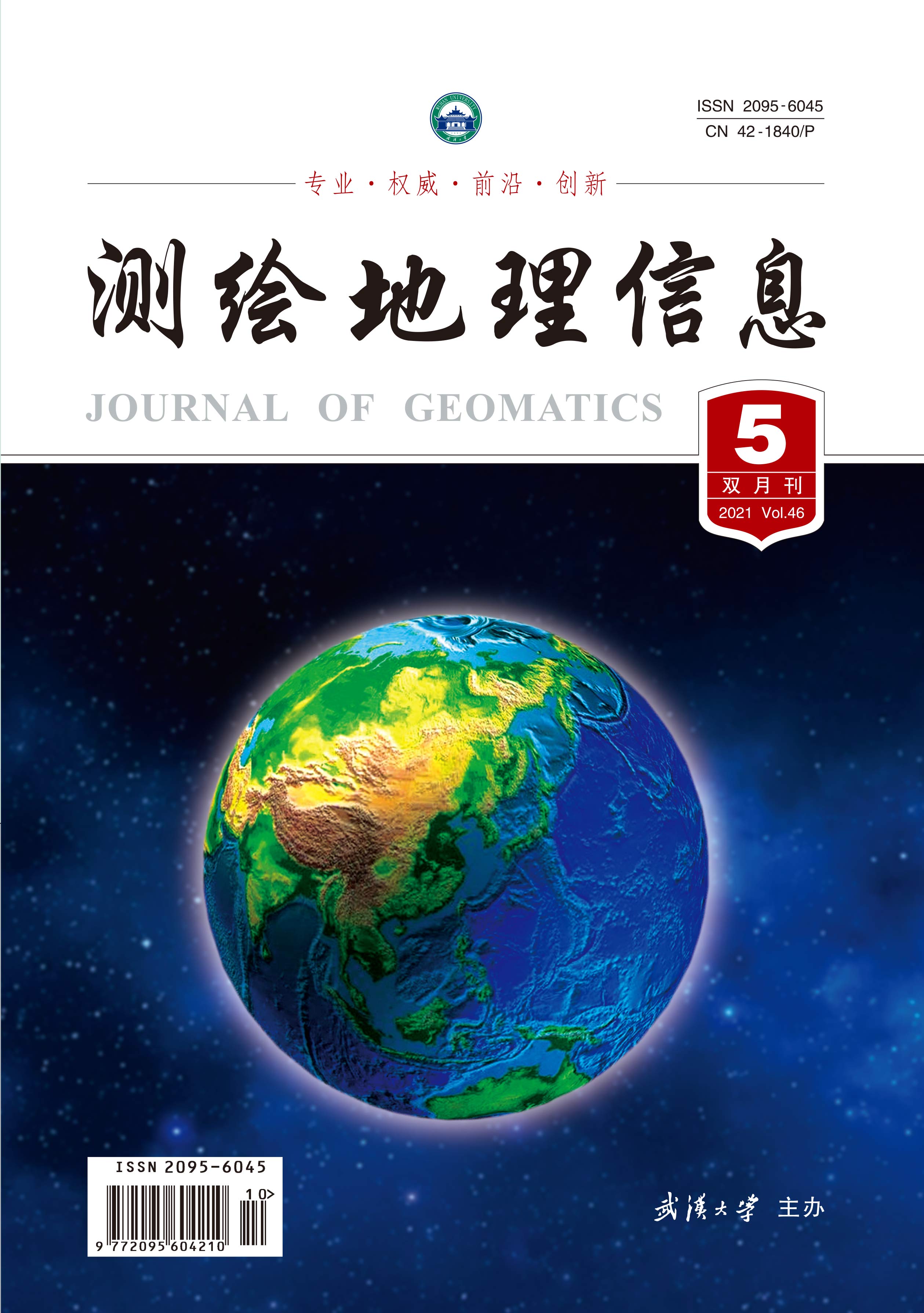Static-PPP Performance using Multi-GNSS (Single, Dual and Triple) Frequency Observations
Q4 Computer Science
引用次数: 1
Abstract
Precise Point Positioning (PPP) is relatively modern GNSS positioning technique that proved its efficiency comparing with traditional Differential positioning technique for more than three decades. PPP requires only one receiver collecting observations at unknown station, while Differential technique requires two receivers collecting observations simultaneously one at known-position station and the other at unknown station. Extensive mitigation of different GNSS errors is essential for PPP-collected observations. Static-PPP accuracy depends on different factors such as; used GNSS system; single (GPS(G) or GLONASS(R) or BeiDou(C) or Galileo(E)) or mixed-GNSS systems (GPS/GLONASS or GPS/GLONASS/BeiDou or GPS/GLONASS/BeiDou/Galileo), observations type (single or dual or triple frequency), satellites geometry and observations duration. This research investigates static-PPP accuracy variation on three different-latitude IGS stations based on different factors; used GNSS system (single or mixed), observations type (single or dual or triple frequency) and satellites geometry. It can be concluded that GRCE combination provides 3D-accuracy of (8 cm) using single frequency observations, (1.5 mm) using dual frequency observations and (1 mm) using triple frequency observations. GRCE combination provides a convergence time of only four minutes (8 epochs) for dual frequency observations.使用多gnss(单、双、三)频率观测的静态ppp性能
精确点定位(PPP)是一种相对现代的GNSS定位技术,与传统的差分定位技术相比,它的效率已经证明了30多年。PPP只需要一个接收器在未知站收集观测,而差分技术需要两个接收器同时收集观测,一个在已知位置站,另一个在未知站。广泛缓解不同的全球导航卫星系统误差对于PPP收集的观测至关重要。静态PPP的准确性取决于不同的因素,例如:;使用的全球导航卫星系统;单个(GPS(G)或GLONASS(R)或北斗(C)或伽利略(E))或混合GNSS系统(GPS/GLONASS或GPS/GLONAS/北斗或GPS/GRONASS/北斗/伽利略)、观测类型(单频或双频或三频)、卫星几何形状和观测时间。本研究调查了三个不同纬度IGS站基于不同因素的静态PPP精度变化;使用的GNSS系统(单频或混合频)、观测类型(单频、双频或三频)和卫星几何形状。可以得出的结论是,GRCE组合使用单频观测提供了(8cm)的3D精度,(1.5mm)使用双频观测,(1mm)使用三频观测。GRCE组合为双频观测提供了仅4分钟(8个时期)的收敛时间。
本文章由计算机程序翻译,如有差异,请以英文原文为准。
求助全文
约1分钟内获得全文
求助全文
来源期刊

测绘地理信息
Earth and Planetary Sciences-Earth-Surface Processes
CiteScore
0.20
自引率
0.00%
发文量
4458
期刊介绍:
 求助内容:
求助内容: 应助结果提醒方式:
应助结果提醒方式:


